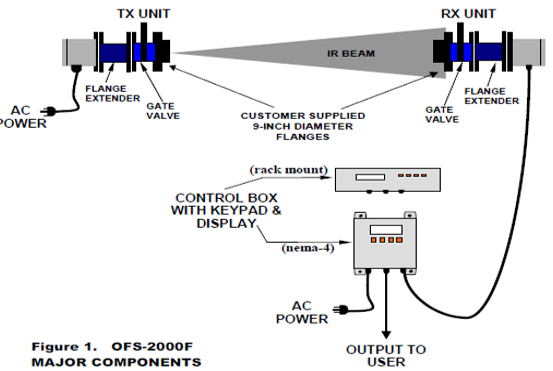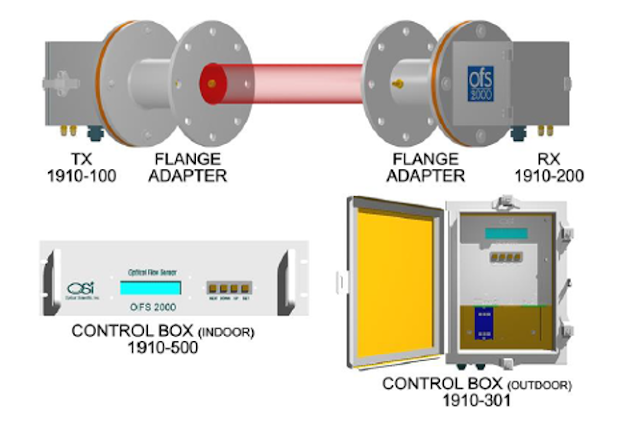The Role of Stack Flow Sensors in Industrial Air Quality Control

In the realm of industrial operations, maintaining high air quality standards is not just a regulatory requirement; it's a fundamental responsibility. Ensuring that the emissions from industrial processes meet stringent environmental guidelines is vital for the health of our planet and the well-being of communities. In this context, stack flow sensor play a pivotal role in industrial air quality control, offering precise and reliable measurement solutions. Understanding Stack Flow Sensors Stack flow sensors are sophisticated devices designed to measure the volumetric flow rate of gases being discharged from industrial stacks or chimneys. These sensors are critical in determining the quantity of pollutants released into the atmosphere, allowing industries to monitor and control their emissions effectively. One of the key functions of stack flow sensors is to accurately measure the velocity of gases as they exit the stack. This measurement is essential for calculating the volume...





